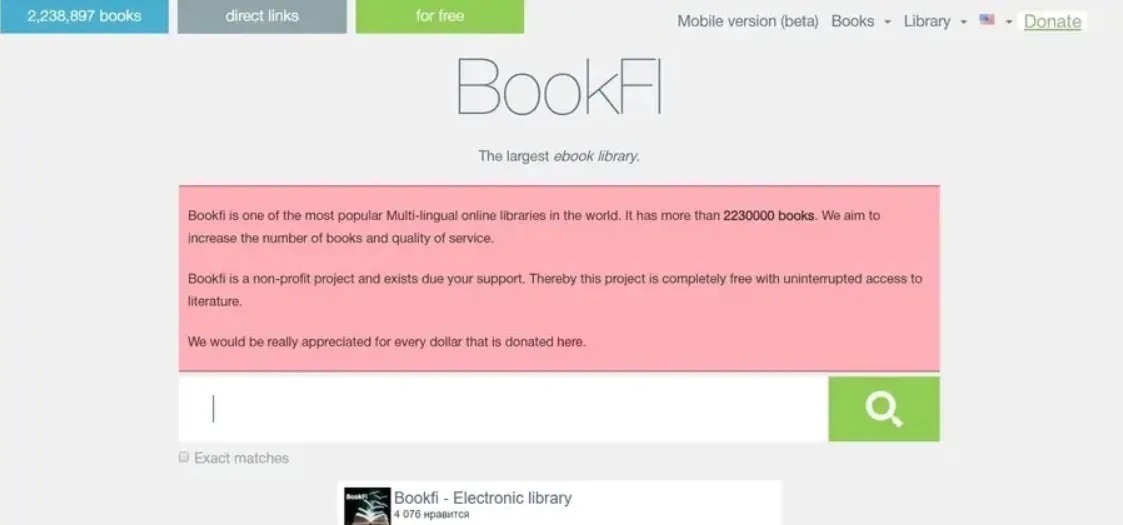Day-to-day innovations in the field of information technology (IT) have equipped the business world with tools to optimize resource management and maximize profit. COBIT 5 is one such business framework that is utilized for governing and managing an IT enterprise. This article will walk you through some fundamental principles of the COBIT framework and how beneficial it is to obtain a COBIT certification.
What is COBIT 5?
Control Objectives for Information and Related Technology, or COBIT, was designed in 1996 by the Information Systems Audit and Control Association (ISACA), to serve the purpose of financial auditing and determining the growth of the IT environment through providing IT control objectives. COBIT is a business framework that offers a set of principles, practices, models, and analytical tools for the management and governance of an IT enterprise. These management techniques and governance methodologies are globally accepted and apply across varied industries and business sectors. An updated version of COBIT 4.1 is COBIT 5, and it includes additional resources, standards, and frameworks like ITIL (Information Technology Infrastructure Library) and ISACA’s Risk IT. All in all, COBIT 5 emphasizes on enhancing the value obtained from IT and regulatory compliance, enabling alignment of business goals and strategies, and simplifying the control framework that dictates an organization’s IT governance.
What makes the COBIT framework stand out from the rest is that it focuses on the governance of information, security, and risk management. The COBIT framework runs on a defined set of principles that are meeting the needs of stakeholders, comprehensive coverage of the enterprise, applying a single consolidated framework, adopting a holistic approach, and separate governance from management. These principles aim at covering value delivery, strategic alignment of organizational goals and strategies, risk management, performance management, and management of resources.
Benefits of getting certified
The rising popularity of the framework has made COBIT certification a wise choice for any stakeholder who wishes to optimize his/her organization’s strategies, goals, and risk levels. In this section, we will provide some advantages that one might gain from a COBIT certification:
- The COBIT framework guarantees improvement in the IT governance methodologies minimizes business risks and ensures effective control over processes.
- COBIT helps companies and organizations to optimize their IT structure by offering a systematic approach to align IT goals with business strategies.
- COBIT ensures that companies while using customer information, are compliant with official standards and regulations. Thus, COBIT takes care of the data security aspect.
- COBIT 5 works with ISO/IEC 20000 and 27001, ITIL, and Project Management Institute (PMI), which are known to define standards in the business framework. Thus, by adopting the COBIT framework, the industry standards of the companies are maintained while delivering work of the highest quality.
- Hacking and malware are major IT-related risks that can bog down the performance of an organization. With COBIT 5, organizations can rest assured that IT risks will be managed with adequate protection of the system.
- Adopting the COBIT framework improves and expands the communication network among companies and certified professionals.
- COBIT is cost-effective. Thus, the cost of IT services can be optimized, along with a reduction in IT-related risks.
How to achieve the COBIT 5 certification?
APMG accredited training organizations (ATOs) offer COBIT certification. It is designed for professionals, business leaders, and stakeholders involved in security, assurance, risk, compliance, data privacy, governance, and management of information systems. Notably, the course curriculum comprises three levels. Here, we will discuss each of these levels briefly:
Foundation level – This course prepares candidates with basic concepts, structure, and objectives of the COBIT framework, principles of IT governance, and their applications in relevant situations. This course is ideal for IT managers, IT auditors, those managing IT quality or processes, and the ones interested in gaining expertise in IT governance.
Implementation level – This level focuses on various aspects, including challenges and risks posed by the implementation of the framework, assessment and determination of the capability of the current process, analyzing enterprise drivers, and planning improvements. This course is suitable for IT practitioners, business managers, and consultants.
Assessor level – The final level trains candidates in assessing processes and utilizing the assessment results for improvisations, measuring the success of business goals, and identifying the responsibilities and roles in the assessment process. This level is aimed at internal and external auditors, IT auditors, and consultants.
NIST Cybersecurity framework implementation – Cybersecurity threats to the IT structure is a significant setback for companies. Undertaking the COBIT 5 certification specializing in cybersecurity will enable a candidate to protect the organization’s infrastructure against cyber risks.
Need to take a course
COBIT 5 provides a single integrated framework that helps organizations in the smooth governance and management of their IT enterprise. A COBIT certification course provides the requisite knowledge and expertise required for tapping the optimal value from an organization’s IT. It provides tools for aligning business goals with IT objectives, identifies the roles and responsibilities of IT and business process owners, and offers models and metrics to assess the rate of achievement of IT goals. The COBIT 5 framework is mapped to other standard frameworks to encompass the complete IT management lifecycle of an organization while taking into consideration internal and external stakeholders. In a nutshell, some of the features covered by the course are:
- The Primary challenges associated with IT
- Concepts and advantages of IT governance
- Principles and concepts of the COBIT 5 framework
- Approaches to COBIT 5 implementation
- The domains of IT governance and management
- COBIT 5 processes and their components
- COBIT 5 process reference model and its structure
- The requirement of process capability assessments and utilizing assessment results for value-adding activities
- Challenges, risk, and pitfalls associated with the framework implementation and scope of improvements
So, who is to benefit from the course? IT management consultants, auditors, IT governance professionals, and business managers, who want to have a better understanding of how the COBIT 5 framework can positively impact their organization, are suitable candidates for the course.
When it comes to governing the IT sector, organizations and businesses are leaving no stone unturned to tie up with technologies that can provide them with an edge over their competitors in the global market. COBIT 5 is the perfect solution for organizations that are looking for a practical approach to managing their business environment, problems, and risk scenarios. However, a recognized certification in COBIT is a must if you want to implement and apply the framework efficiently in your organization.















